Upcoming Research
Stay tuned!
Current Research
Reducing Soot Emissions from Wood-Fired Cookstoves |
|
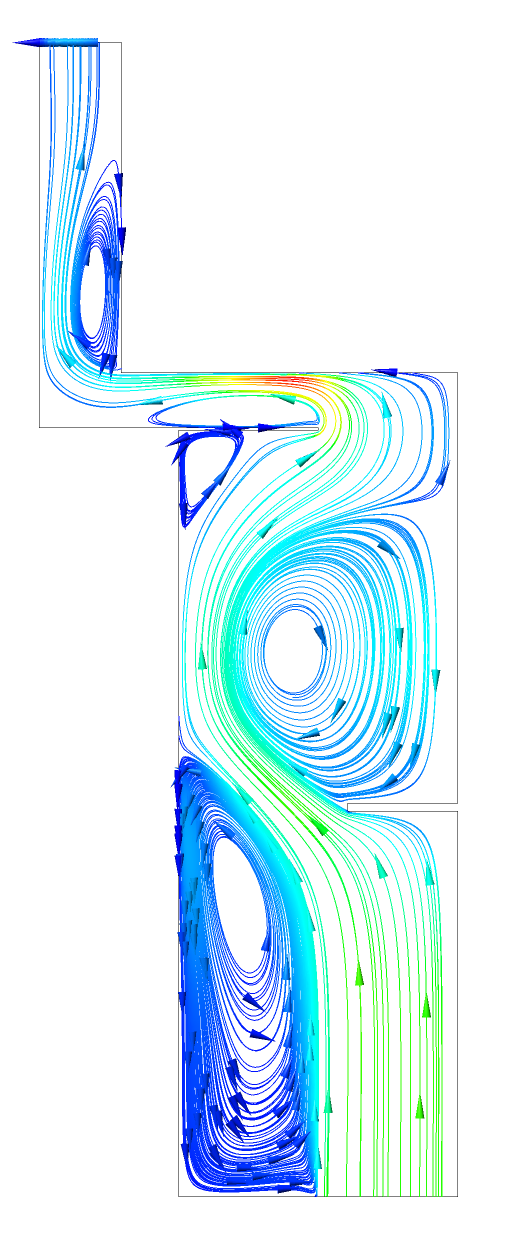 |
A combination of models, experiments, field work, and industry partnership looking at the problems surrounding cookstoves in the developing world. Studying and understanding cookstove combustion can lead to design modifications to reduce soot emissions. People: Publications: |
Soot and NOX Emissions from Alternative Jet Fuel Combustion |
|
A premixed, laminar flame is used to characterize the sooting tendency differences in alternative jet fuels. In parallel, the JSR is used to investigate the NOX formation mechanism from jet fuel surrogates. Fuels from various feedstocks, made via various processes, and with varying chemical compositions will be investigated. People: Publications: |
|
CRN Modeling of Biomass Combustion |
|
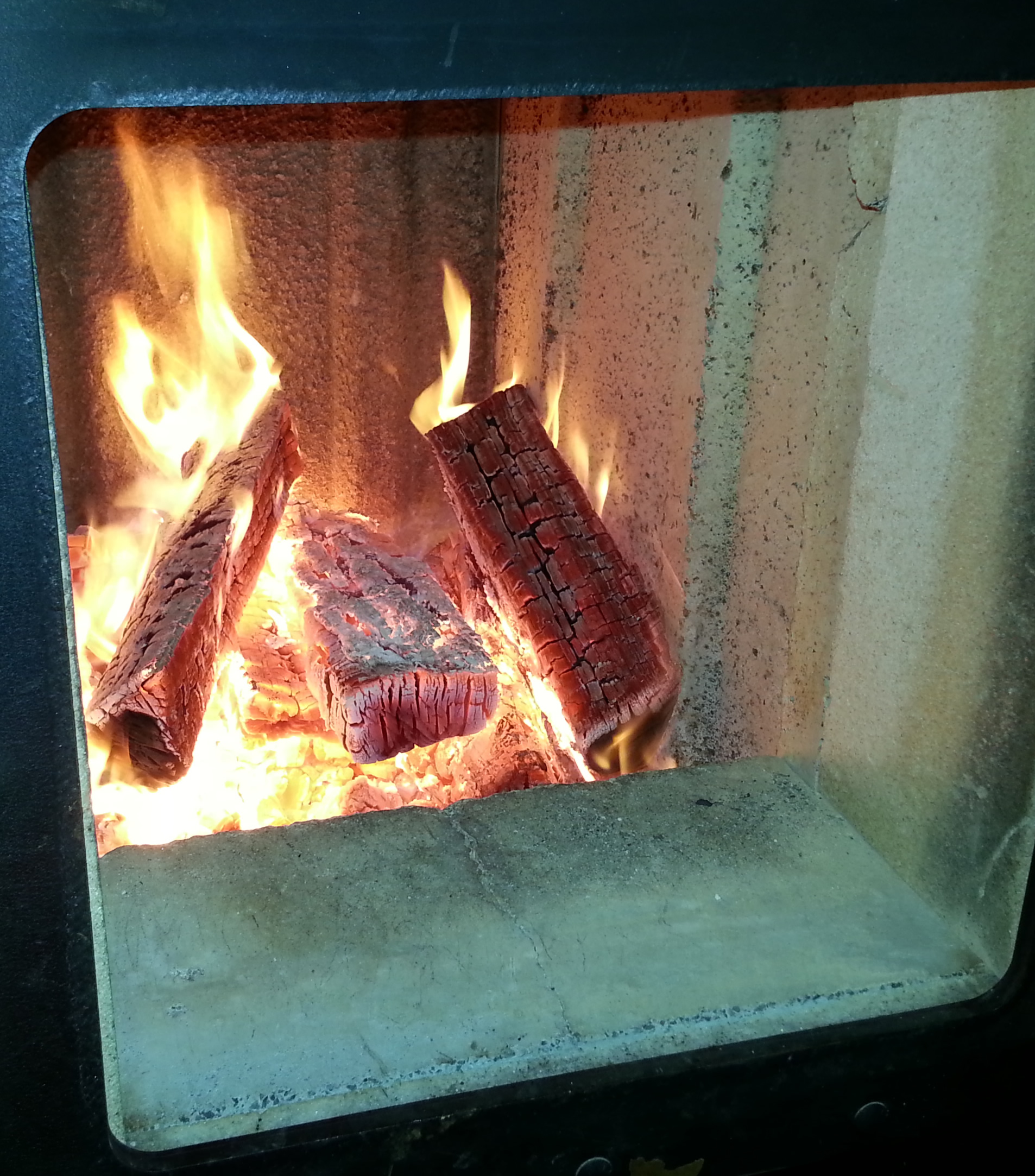 |
The work involves constructing a CRN (Chemical Reactor Network) to model biomass combustion to improve efficiency and minimize emissions. The CRN model will be constructed based on experimental data from a commercial biomass furnace. The project is a collaboration between The University of Washington, Enertechnix and Greenwood Clean Energy. The goal of the project is to develop an advance control algorithm that can be utilized to optimize burning conditions in industrial scale biomass furnaces. People: Publications: |
Previous Recent Research
Stability and NOX from Jet Fuel Combustion |
|
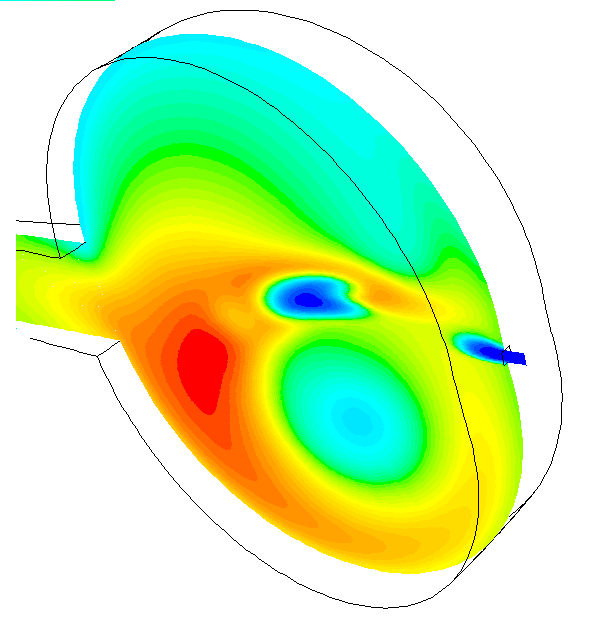 |
The work involves experiments as well as modeling (both computational fluid dynamics and chemical reactor networks) of the behavior of synthetic jet fuel replacements in a toroidal well stirred reactor focusing specifically on extinction and NOX emissions. Partnering with the US Air Force and the State of Washington Joint Center for Aerospace Technology Innovation (JCATI), the work will compare the behavior of various jet fuels from traditional and alternative sources. It specifically pertains to the feasibility of implementing synthetic fuels in current engine technologies. People: Publications: |
Analysis of Hydrokinetic Turbines in Open Channel Flow |
|
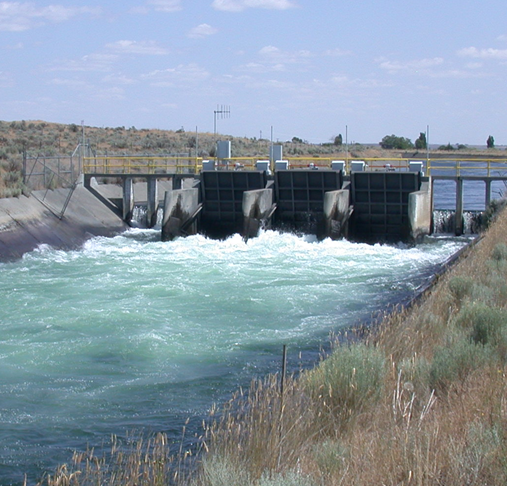 |
This work investigates the potential of small-scale turbines in open channel flows such as irrigation canals. This is done using a 1-dimensional theoretical model and 3-dimentional computational fluid dynamic (CFD) models in Fluent 14.0. CFD aspect of this work uses Volume of Fluid model to include a free surface for flow and Actuator Disc Model (ADM) and Virtual Blade Model (VBM) to simulate a turbine array. Results of this research will help determine the possibility of replacing irrigation gates with turbines that generate power in addition to controlling the flow. People: Publications: |
Modeling Emissions from Large Bore Natural Gas Engines |
|
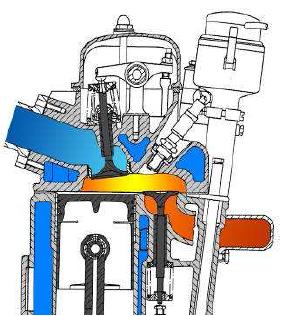 |
This study focuses on the chemical kinetic modeling of formaledehyde formation as well as the formation of oxides of nitrogen in large-bore, lean-burn, natural gas engines. The modeling is done using the UWSI code, a quasi-dimensional model of the thermodynamic, combustion and pollutant emission processes in the afore-mentioned engines. Several cases which may result in significant formaldehyde emissions are modeled, including lean pockets of gas bypassed by the flame front, gas released from cracks and crevices during combustion, and autoignition. The effect of higher hydrocarbons on formaldehyde emissions and NOx formation mechanisms at very lean fuel-air ratios are also studied. People: Publications: |
Extinction Characteristics of Alternatives to Natural Gas |
||
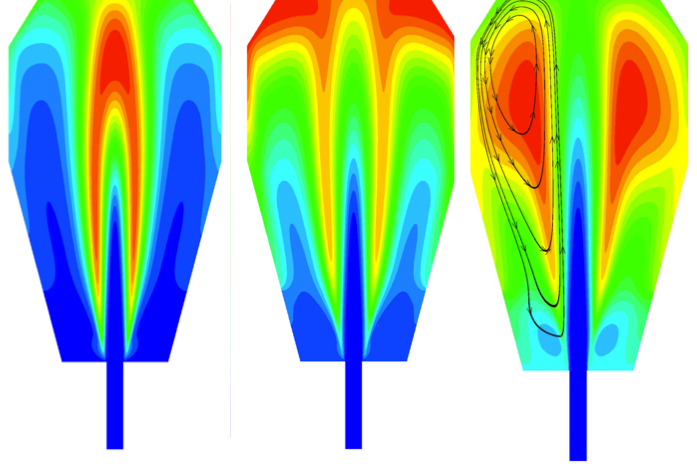 |
This work investigates the problem of extinction in lean premixed systems with an emphasis on the use of alternative fuels in gas turbine combustion. An idealized laboratory premixed combustor (a single Jet Stirred Reactor), is used to collect the experimental data. Computational fluid dynamic modeling is used to interpret the data and gain insight on how the flame structure evolves for the varying fuels as blowout is approached, and to provide input in developing predictive chemical reactor network models. The ultimate goal is to use these data and tools to predict the stability limits of various fuel blends in practical combustors. People: Publications: |
|
CFD of the Combustion in a Low Swirl Burner |
|
 |
The goal of this work is to run simulations of a Low Swirl Burner, fueled with Hydrogen and Methane, and blends of both. The simulations are being compared to experiments conducted at UC Irvine, and are focuesd on flow field and the emissions data. The simulation approach is two dimensional, steady state, Reynolds Averaged Navier Stokes (RANS) with ANSYS Fluent 14.0. People: Publications: |
Emissions Characteristics of Alternatives to Natural Gas |
|
 |
The goal of this research is to identify how nitrogen oxide emissions (NOx) are impacted by the use of fuels that are alternatives to typical pipeline natural gas (mixtures of C3s, C2s, CH4, H2, CO, CO2, N2). The research focuses on lean, premixed combustors that are typically used in state-of-the-art natural gas fueled systems. An idealized laboratory premixed combustor, specifically a single jet stirred reactor, is used for the experimental data. A series of models, including computational fluid dynamic and chemical reactor networks are used to interpret the data and understand the underlying chemical kinetic reasons for differences in emissions between the various fuel blends. An ultimate goal is to use these data and interpretive tools to develop a way to predict the emissions of changing fuels within practical combustors. People: Publications: |
Evaluating Methods to Enhance Mercury Oxidation |
|
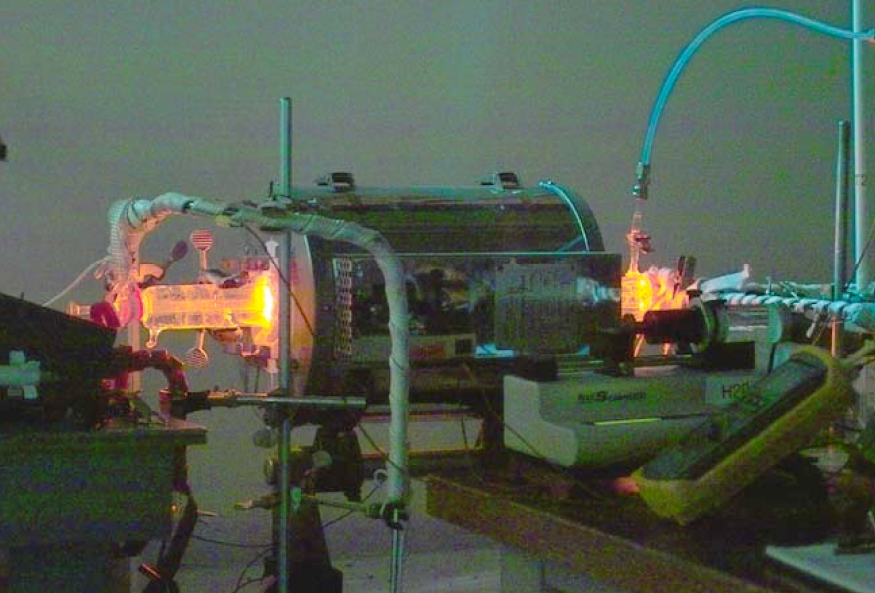 |
Using experiments performed previously in the lab, we are modeling the effects of realistic quench environments on the ability of hydrogen and hydrochloric acid to promote oxidation of mercury. It specifically pertains to the abatement of the hazards associated with coal-based power plants. People: Publications: |
Renewable Energy Systems for National Parks |
|
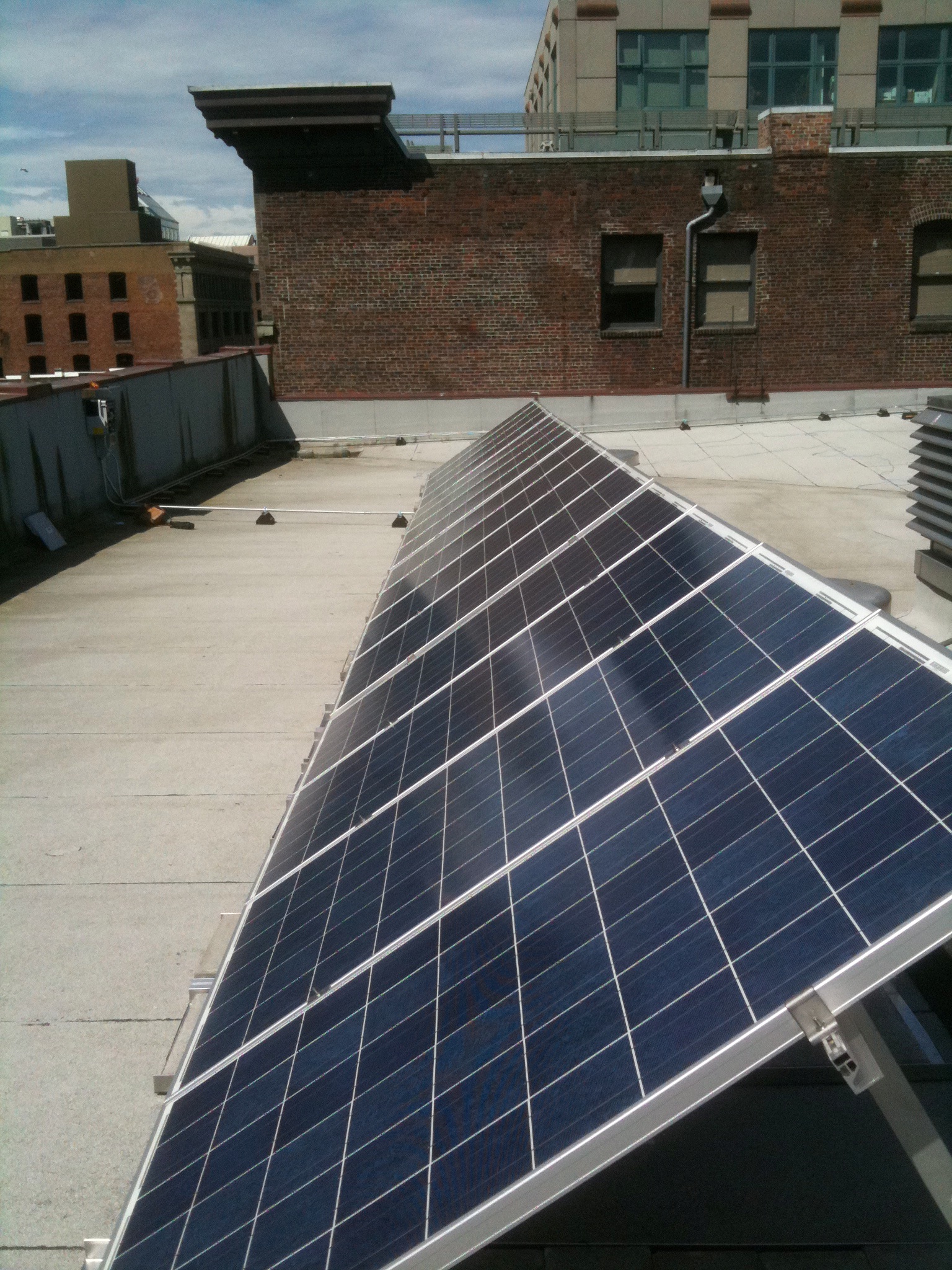 |
Eight projects were supported by the National Park Service (NPS) via University-National Park Energy Partnership Program (UNPEPP) to evaluate potential and develop renewable energy systems for various National Parks around the country. People: Publications: |
Modeling Combustion in a Wood Fired Furnace |
|
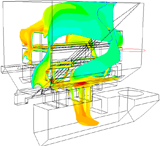 |
The EPA has recently implemented certification standards to curb particulate emissions from wood-fired hydronic heaters for home heating applications. An updraft and a downdraft unit were evaluated with CFD modeling to identify potential emission reductions and suggest furnace modifications. People: Publications: |
